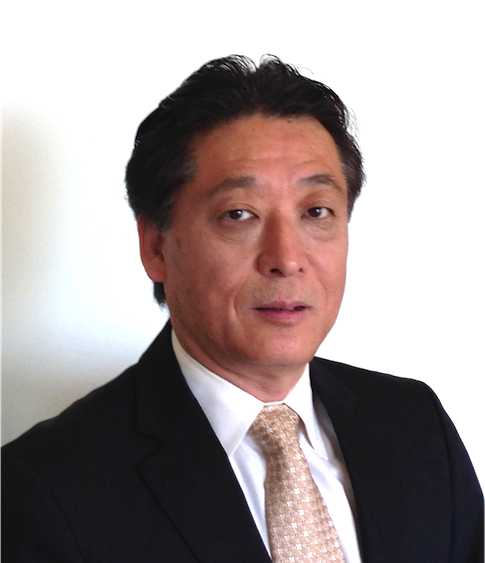The advent of Internet has changed the way some products are designed and manufactured. For example, a video-on-demand system at a hotel in Tokyo might use an MPEG video chip from the United States and an application middleware (video engine) from France. The top-level architecture might have been designed in Japan and the actual manufacturing was probably done in Taiwan or Mainland China. To design and manufacture such a system, technical information, application software, video engine, and all other necessary digital files can be sent over Internet to anywhere in the world, 24 hours a day. Complicated questions and problems can be solved by communicating thoroughly over e-mails and occasional teleconferences. Regardless of the location and the time difference, some of the best skill sets and cost advantages can be utilized this way to develop and/or manufacture these types of products for more productivity.
We named this “cross-cultural engineering” and, in this type of operation, it is sometimes a great challenge to overcome problems arising from the cultural and linguistic gaps. A traditional approach would be to complete a product at one location so sellers and buyers just need to focus their attention to the specifications and prices. This is relatively simple even in the case of international business. The cross- cultural engineering, on the other hand, means additional engineering to match and integrate several incomplete key components which come from different parts of the world. Management and coordination for this type of processes therefore will require deep technical knowledge, understanding of market needs, and the unique skill to overcome the language and cultural differences in communication.
We found that a so-called “bridge SE” (internationally “bridging” System Engineer) has a critical role in these challenging “cross- cultural engineering” projects. The mission of Global Vision Technology, Inc. is therefore to train our engineers to become skilled “bridge SEs” and provide them to our clients to help their business needs covering both ends of Pacific, primarily in the U.S. and Japan. This may be a unique niche business for us but we also believe it can make a big difference in our clients' global scale business in many years to come.
CEO, Global Vision Technology, Co., Ltd.
Hal Amano
Profile

Hal is the President/CEO of Global Vision Technology, Inc. which he established in 1990. Through the 20 years of the company history, he has been involved in numerous business activities including investment and M&A consultation between US and Japan. Today, his business has expanded to have over 100 employees between GVT and GVT-Japan which he also established in 2003. His passion is to provide engineering services by skilled Japanese engineers to the global market. Hal is also the author of a book called “How to Globalize Yourself (interpretation of Japanese title)” published in Japan which received No.1 ranking at Amazon.co.jp in August, 2008. He holds MS degree in Electrical Engineering from State University of San Diego, California and BS degree in Mechanical Engineering from Gunma National University of Japan.





